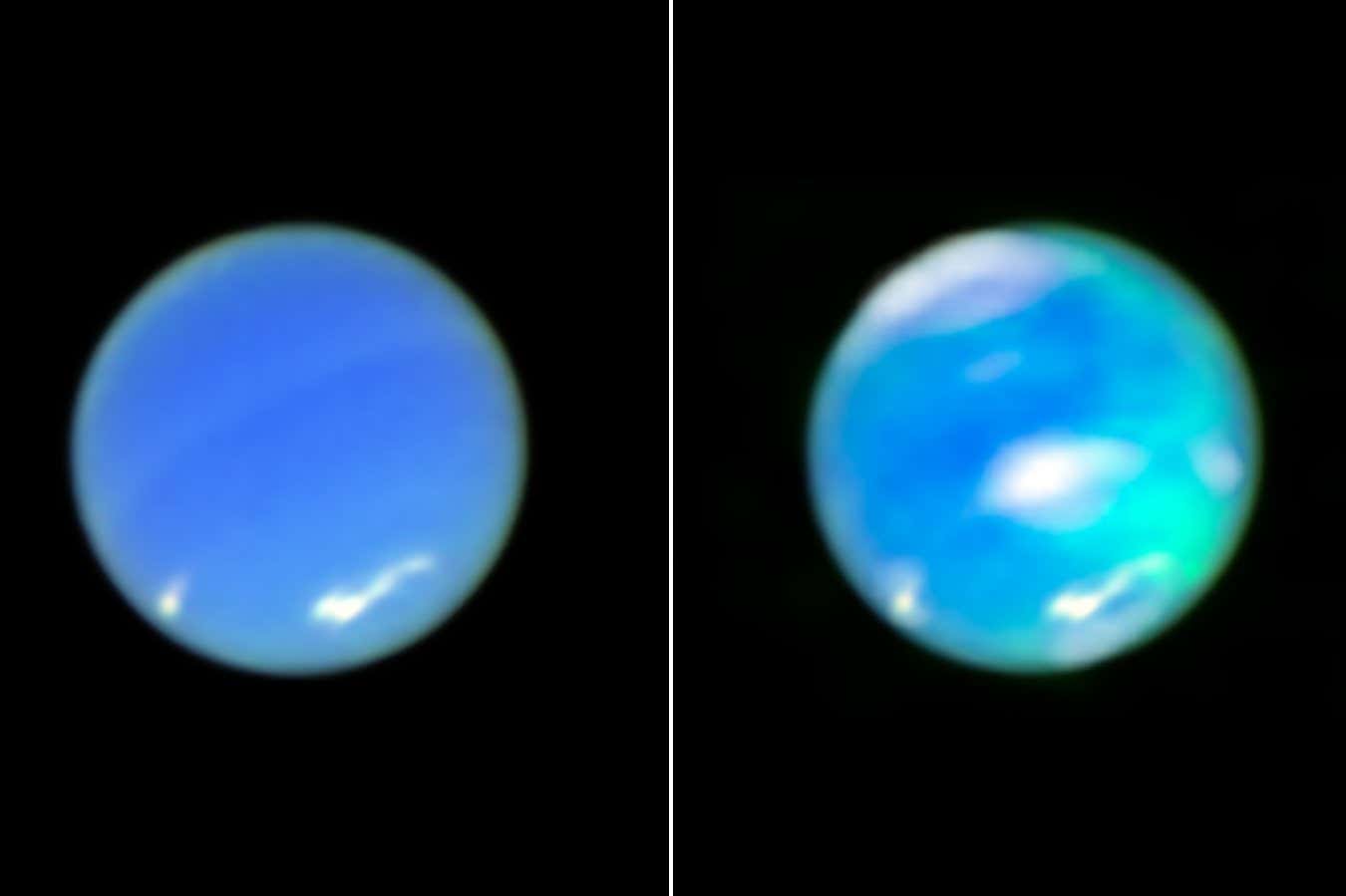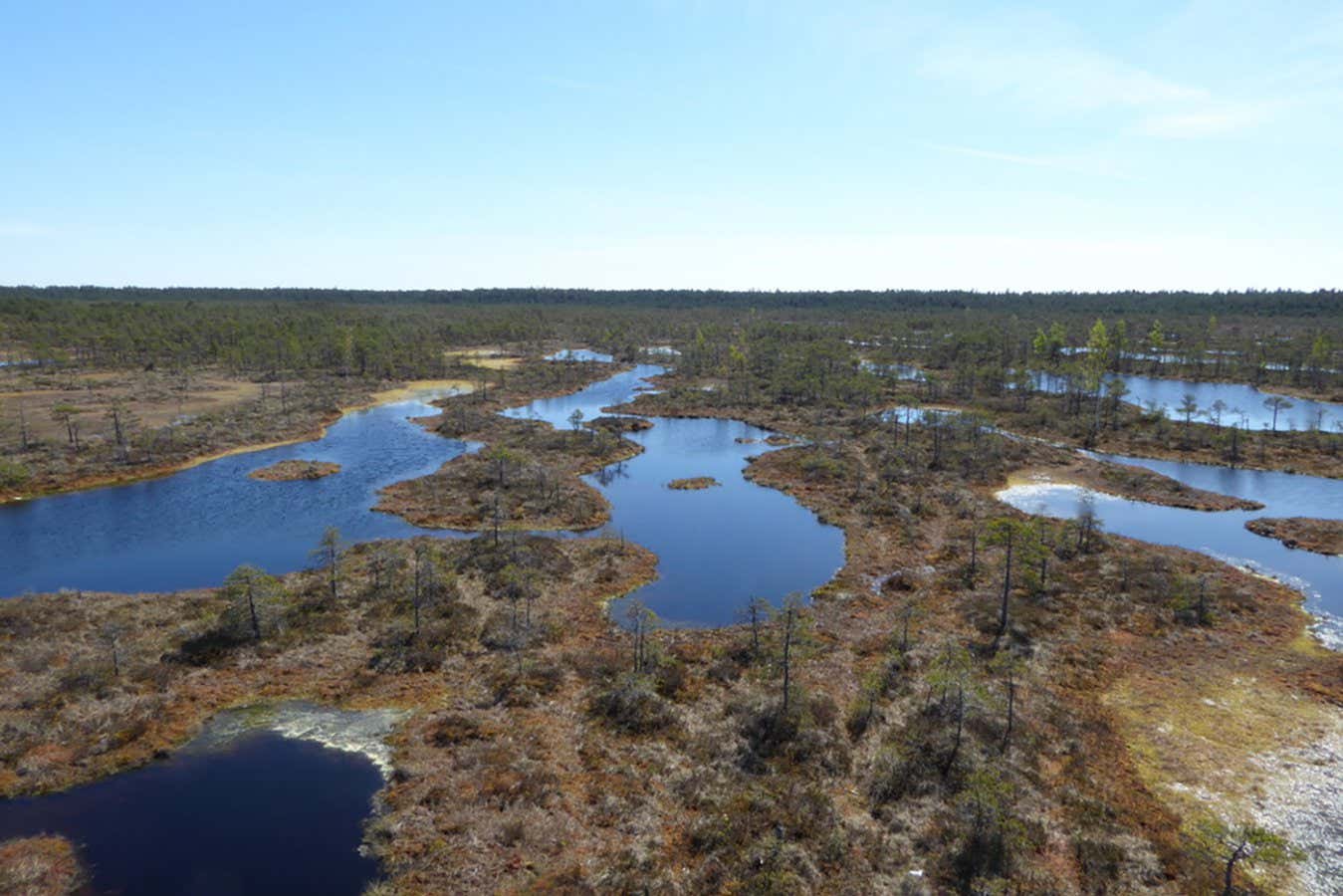Now Reading: Neptune’s Auroras Observed for the First Time
1
-
01
Neptune’s Auroras Observed for the First Time
Neptune’s Auroras Observed for the First Time

Rapid Summary
- astronomers have confirmed infrared auroras on Neptune for the first time, ending a 36-year-long search using data from NASA’s James Webb Space Telescope (JWST).
- The confirmation follows initial hints observed during NASA’s Voyager 2 mission in 1989 but undetected due to limited equipment capabilities.
- Researchers utilized JWST’s NIRSpec imaging tool to analyze different wavelengths of light emitted by Neptune and create spectroscopic images.
- neptune’s magnetic field was mapped as part of the study, revealing unusual poles offset by almost half its radius-distinguishing it from Earth, Jupiter, and Saturn.
- the auroras appear near Neptune’s equator instead of the poles due to its irregular magnetic field structure.
- Observations also indicated cooling trends in Neptune’s ionosphere, which is now approximately 10% colder than when studied by Voyager 2. Scientists are uncertain about its causes but aim for more discoveries during the 2026 JWST observation period.
Images:
Caption: abisko Aurora Sky Station with Northern Lights above ©Discover the world
Stay Informed With the Latest & Most Important News
Previous Post
Next Post
Loading Next Post...
























